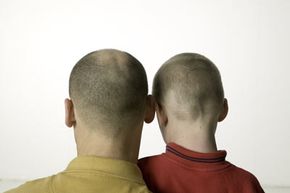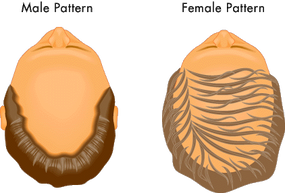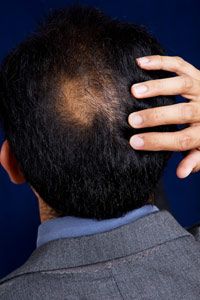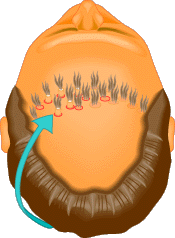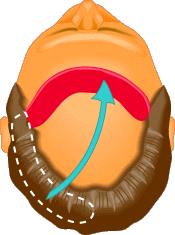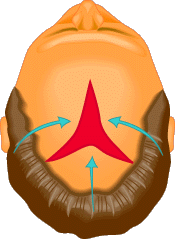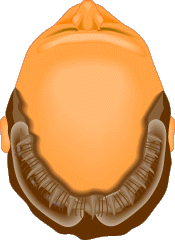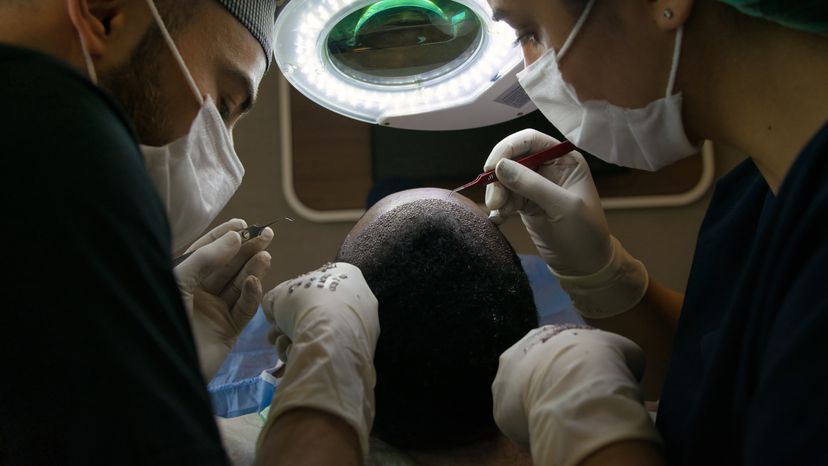
There was a time, not too long ago, when baldness was something you lived with if you were a man, and covered with a wig if you were a woman. (Doctors estimate that one in every five women will experience some sort of hair loss.) Then men, bothered by their receding hairlines, began to wear hairpieces and toupees -- some of which were so obviously fake that they became the butt of comedians' jokes.
Well, things have changed! Today, if you have thinning hair and don't want to live with the status quo, you probably have three basic options:
Advertisement
- Sophisticated and virtually undetectable hair replacement systems (formerly known as wigs)
- Medications and topical ointments that can retard hair loss and sometimes even cause new growth
- Surgical procedures such as hair transplantation and scalp reduction
In this article, we'll look at what causes hair loss in the first place and how to deal with the psychological fallout that often accompanies it. We'll discuss how to choose the right plastic surgeon (these professionals have been performing certain hair replacement procedures for 35 years!), how to choose the right procedure and what to expect before and after surgery. We'll also look at medications and the latest in wigs and hair additions. A word of caution: There is no quick or sure-fire way to replace your dwindling follicles with a full, thick head of hair. So it's important that your expectations are realistic and that you exercise patience while you explore your options. Good luck!
Before we discuss the reasons for hair loss, let's do a quick review of how hair works. This should help our understanding when we begin to look at the different transplantation procedures. (See How Hair Coloring Works for more.)
Typical mammalian hair consists of the shaft, protruding above the skin, and the root, which is sunk in a follicle, or pit, beneath the skin surface. Except for a few growing cells at the base of the root, the hair is dead tissue and is composed of keratin and related proteins. The hair follicle is a tube-like pocket of the epidermis (see How Sunburns and Sun Tans Work) that encloses a small section of the dermis at its base. Human hair is formed by rapid divisions of cells at the base of the follicle. As the cells are pushed upward from the follicle's base, they harden and undergo pigmentation. (See How Cells Work.)

The hair on our scalps and in our eyebrows and eyelashes are different from other bodily hairs. Hair on the head grows a healthy half-inch (1.3 cm) per month, and long scalp hairs have an average life of three to five years. Most of us have between 100,000 and 150,000 hairs on our heads.
Advertisement
